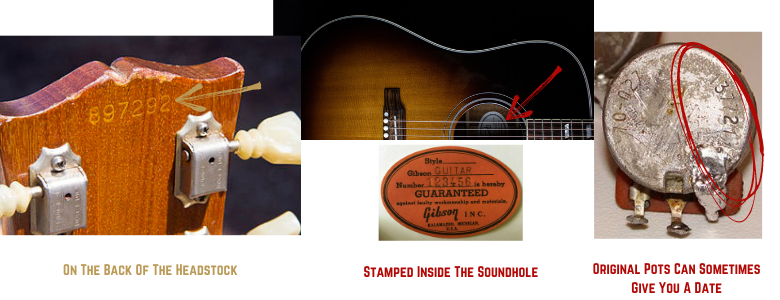
- #Memphis guitar serial number lookup serial numbers#
- #Memphis guitar serial number lookup code#
- #Memphis guitar serial number lookup series#
#Memphis guitar serial number lookup serial numbers#
The only serial numbers used this year range from to These are the easiest to date during this era, and the year with the least amount of models made.Crestline copied Gibson's guitars prolifically, and Crestline copies of the SG, the Flying V and the Les Paul are some of the most common existing Crestline instruments today. Extended Search For all Gibson guitars made prior to and reisues. Crestline also produced copies of other companies' signature brands, not just Fender's. It is black with one pick up, and two control knobs. I made a swape, a gas can for the guitar. Small companies wouldn't have had the resources to produce multiple guitars, bass guitars, 12-strings, acoustic guitars and basses, mandolins and ukuleles. Can you tell me how old and mybe some history on my Memphis guitar. Guitar Hunter explains that Crestline guitars were likely a small, off-label imprint of a large Japanese guitar manufacturer, citing the wide range of instruments that Crestline produced. Because these guitars are rare finds today and not serially numbered, it is difficult if not impossible to accurately date a Crestline guitar.

It has the distinct headstock shape of a Fender Stratocaster, with an altered body shape and single goldfoil pickup. A blog called The Guitar Hunter featured a Crestline Stratocaster copy called the Goldfoil MIJ. The company was never large, and its guitars were never widely distributed.
#Memphis guitar serial number lookup code#
Throughout the war and even for some time after, each year had its own quirks around FON batch numbers and letters 1942 to 1951 FON Info Yearĩ07, 910, 923, 2004, 2005, 7000s (all with banner logo)ġ100s to 3700s (move from script to block logo)įrom 1952 to 1961, a consistent letter code resumed, with the letter appearing before the batch number.Concrete information on the Crestline brand is scarce.
#Memphis guitar serial number lookup series#
The year is indicated by the first letter in any series of letters for these years. To complicate matters further, there was sometimes a second letter from 1938 to 1941 indicating the brand (G for Gibson, K for Kalamazoo, W for Recording King) and sometimes even a third letter indicating "Electric" (the letter E). Still, there are other guitars with serial numbers like 00001 or 00089. But, it’s not always the case with Oscar Schmidt. This means the guitar is made on November 11, 1994.

Some manufacturers even indicate the exact date of creation, like 941101. The consistency around this stopped during WWII and resumed in the early 1950s. For example, if the serial number is 240000, maybe, it’s either a 1982 or 1992 guitar model. 1902 to 1945 FON Overview Yearġ to 7900 (some with letter, some without)įrom 1935 to 1942, the FON included a letter suffix. A FON usually consisted of a 3-, 4-, or 5-digit batch number followed by one or two other numbers in most cases. If you end up with an error message, please scroll down and find your guitar’s credentials manually using our helpful number grids. Type your serial numbers into the decoder below and you’ll get all the information Gibson has on the instrument. Some earlier lower-end models had no serial number at all, making the FON the sole numerical identifier in those cases. It’s simple enough with our Gibson Serial Number lookup decoder. These will generally date an instrument earlier than the serial number, as they were typically applied in the early stages of assembly.

Instruments will generally have one or both of these numbers stamped or written either inside the body (generally the case on earlier models) or on the back of the headstock.įONs were Gibson’s way of internally tracking batches of instruments throughout production. Gibson has historically used two different alpha-numerical formats to catalog its instruments: serial numbers and FONs (Factory Order Numbers). Dating a Gibson by Factory Order Number (FON)

After 1950, headstocks had uniform thickness. Before mid-1950, most Gibson headstocks were thinner at the top when looked at from a side profile. The thickness of the headstock, however, is not as vulnerable to modification or replacement. This makes relying entirely on the physical features of a guitar potentially misleading. Many older instruments may have reproduction or other non-original parts, including a non-original finish. Aside from the logos, each era of manufacturing included certain identifying traits such as the hardware (tuners, knobs, plates, etc.), the pickups, the type of finish, and the electronics inside that can give clues as to when an instrument was made.


 0 kommentar(er)
0 kommentar(er)
